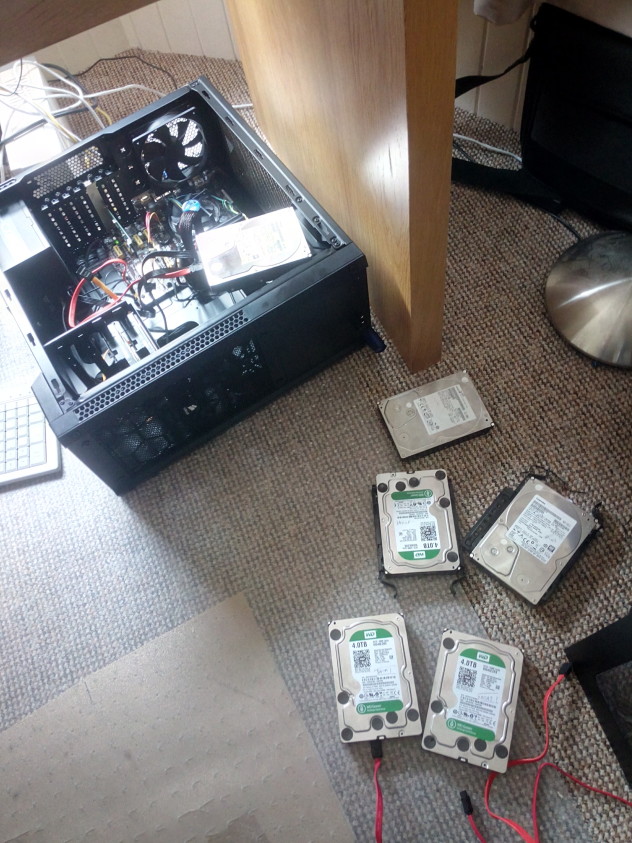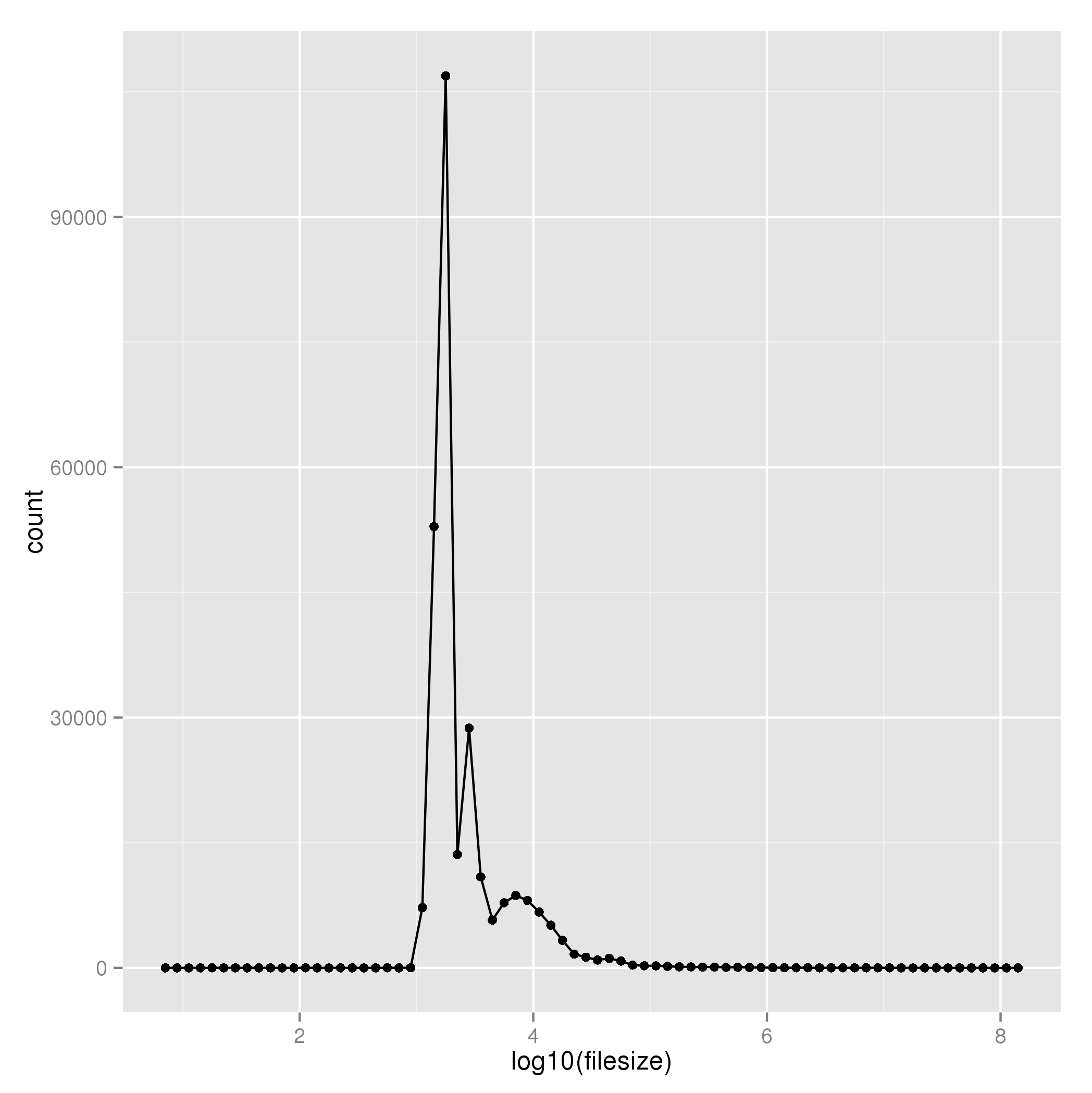zpool create data /dev/ada1 /dev/ada2 zfs create data/Pictures
"allow_dhcp_spoofing": "true",
"allow_ip_spoofing": "true",
"allowed_ips": [ "192.168.99.0/24" ]
[root@78-24-af-39-19-7a ~]# imgadm avail | grep centos-7 5e164fac-286d-11e4-9cf7-b3f73eefcd01 centos-7 20140820 linux 2014-08-20T13:24:52Z 553da8ba-499e-11e4-8bee-5f8dadc234ce centos-7 20141001 linux 2014-10-01T19:08:31Z 1f061f26-6aa9-11e4-941b-ff1a9c437feb centos-7 20141112 linux 2014-11-12T20:18:53Z b1df4936-7a5c-11e4-98ed-dfe1fa3a813a centos-7 20141202 linux 2014-12-02T19:52:06Z 02dbab66-a70a-11e4-819b-b3dc41b361d6 centos-7 20150128 linux 2015-01-28T16:23:36Z 3269b9fa-d22e-11e4-afcc-2b4d49a11805 centos-7 20150324 linux 2015-03-24T14:00:58Z c41bf236-dc75-11e4-88e5-038814c07c11 centos-7 20150406 linux 2015-04-06T15:58:28Z d8e65ea2-1f3e-11e5-8557-6b43e0a88b38 centos-7 20150630 linux 2015-06-30T15:44:09Z [root@78-24-af-39-19-7a ~]# imgadm import d8e65ea2-1f3e-11e5-8557-6b43e0a88b38 Importing d8e65ea2-1f3e-11e5-8557-6b43e0a88b38 (centos-7@20150630) from "https://images.joyent.com" Gather image d8e65ea2-1f3e-11e5-8557-6b43e0a88b38 ancestry Must download and install 1 image (514.3 MiB) Download 1 image [=====================================================>] 100% 514.39MB 564.58KB/s 15m32s Downloaded image d8e65ea2-1f3e-11e5-8557-6b43e0a88b38 (514.3 MiB) ...1f3e-11e5-8557-6b43e0a88b38 [=====================================================>] 100% 514.39MB 38.13MB/s 13s Imported image d8e65ea2-1f3e-11e5-8557-6b43e0a88b38 (centos-7@20150630) [root@78-24-af-39-19-7a ~]# [root@78-24-af-39-19-7a ~]# cat newbox.config { "brand": "kvm", "resolvers": [ "8.8.8.8", "8.8.4.4" ], "ram": "256", "vcpus": "2", "nics": [ { "nic_tag": "admin", "ip": "192.168.5.48", "netmask": "255.255.255.0", "gateway": "192.168.5.1", "model": "virtio", "primary": true, "allow_dhcp_spoofing": "true", "allow_ip_spoofing": "true", "allowed_ips": [ "192.168.99.0/24" ] } ], "disks": [ { "image_uuid": "d8e65ea2-1f3e-11e5-8557-6b43e0a88b38", "boot": true, "model": "virtio" } ], "customer_metadata": { "root_authorized_keys": "ssh-rsa AAAAB3NzaC1y[...]" } } [root@78-24-af-39-19-7a ~]# vmadm create -f newbox.config Successfully created VM d7b00fa6-8aa5-466b-aba4-664913e80a2e [root@78-24-af-39-19-7a ~]# ping -s 192.168.5.48 PING 192.168.5.48: 56 data bytes 64 bytes from 192.168.5.48: icmp_seq=0. time=0.377 ms 64 bytes from 192.168.5.48: icmp_seq=1. time=0.519 ms 64 bytes from 192.168.5.48: icmp_seq=2. time=0.525 ms ... zsh, basalt% ssh root@192.168.5.48 Warning: Permanently added '192.168.5.48' (ECDSA) to the list of known hosts. Last login: Mon Aug 3 16:49:24 2015 from 192.168.5.47 __ . . _| |_ | .-. . . .-. :--. |- |_ _| ;| || |(.-' | | | |__| `--' `-' `;-| `-' ' ' `-' / ; Instance (CentOS 7.1 (1503) 20150630) `-' https://docs.joyent.com/images/linux/centos [root@d7b00fa6-8aa5-466b-aba4-664913e80a2e ~]#
And there we have a new guest VM up and running in less than a minute’s effort.
Infrastructure and development environments recreated from scratch (partly thanks to storing my ~/etc/ in git) in under an hour.
I’m still looking for the perfect distributed filesystem, however…


